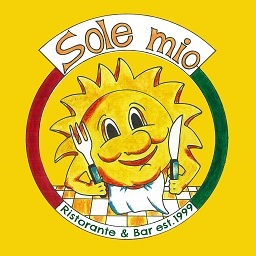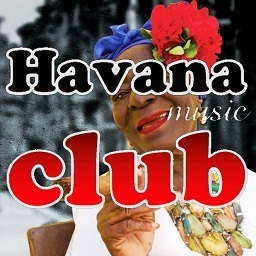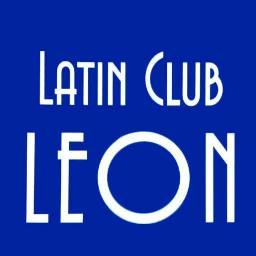There are so many descendants of Latinos who have fallen head and ears for their parents’ culture, so they always seek to leave their countries of origin on high with the tools they have at hand, especially music.
One of them is multi-instrumentalist Suzanne Cortez, who currently conducts Susana Y Su Orquesta Adelante and has many interesting things to say about her career.

How Suzanne got interested in music in the first place
Suzanne became interested in music at a very young age when she saw her mother listening to many records of all genres, but her favorite group was Trio Los Panchos, which was very popular at the time. However, her mother also listened to The Beatles very often, to the point that Suzanne imitated them and pretended she was a member of the group.
From so much listening to music of varying genres, Suzanne learned to play herself, and it was the variety of genres she listened to that trained her to interact with all of them.
The artist enjoyed all types of music, but emphasized that her favorite genre was salsa. She assures that she can play any rhythm such as classical music, jazz, Latin jazz, Latin rock, R&B and many others, but none of them can be compared to what salsa makes her feel.
How her musical career began
Before forming what would become her own group Susana y Su Orquesta Adelante, she had a very interesting journey that prepared her to lead her own project later on.
At school, she took a few classical music lessons and her teacher called her one day to ask her if she was trained to learn to read music, to which she said no and that she had learned everything by ear and nothing else. This pleasantly surprised the educator and encouraged her to pursue a musical career beyond the boundaries of the classroom.

After that, Suzanne had the opportunity to be part of the women’s band Orquesta Sabrosita, in which she was the youngest of all the members. At that time, an all-female band was something very fresh in the Bay Area, so they drew a lot of attention from the public at the time. There were many female artists already, but they did not play salsa yet.
About this, the artist points out that reactions to them were mostly positive, although there were always people who still preferred all-male orchestras, which was the norm at the time.
Susana Y Su Orquesta Adelante
Suzanne officially created her own musical project Susana Y Su Orquesta Adelante in 2009. However, this was not her first attempt to form her own band, but in 2000. In that year, Suzanne and the rest of the musicians who accompanied her played in churches since for her the praises of God were very important and music was her vehicle to communicate with the Almighty.
In view of the great talent the band demonstrated every time they played one of their songs, some club owners wanted to invite the group to play in a café of their property and they did not have any problem with them having a repertoire based on Christian salsa.
It took Suzanne a while to make up her mind until finally, in 2009, she started playing with her group in cafes, clubs, restaurants, festivals, among other places.
There was also a point when the orchestra stopped playing purely Christian music, as the members wanted to vary their repertoire. In addition to that, Suzanne knew that, although they were not always playing religious music, God would be happy that they were making their listeners happy.

Challenges faced by Suzanne on this path
As much as Suzanne has achieved great things with her music, she has also had to face certain challenges that caused her to move away from her goals for some time.
Unfortunately, as with many artists, Suzanne turned to alcohol and drugs, which sent her into a deep depression and to left aside music for many years. These problems and her subsequent rehabilitation kept her away from the stage for more than 28 years, until she realized that it was time to try her luck once again with her great passion.
Unfortunately, most of the musicians who accompanied her in the beginning were making their lives out the music scene or had become part of other bands, so she had to look for new members for the orchestra she wanted to form.
However, the artist has absolutely no regrets about how things have turned out in her career and is grateful for the path she has traveled, despite the circumstances.
Read also: My mother sang tango






































